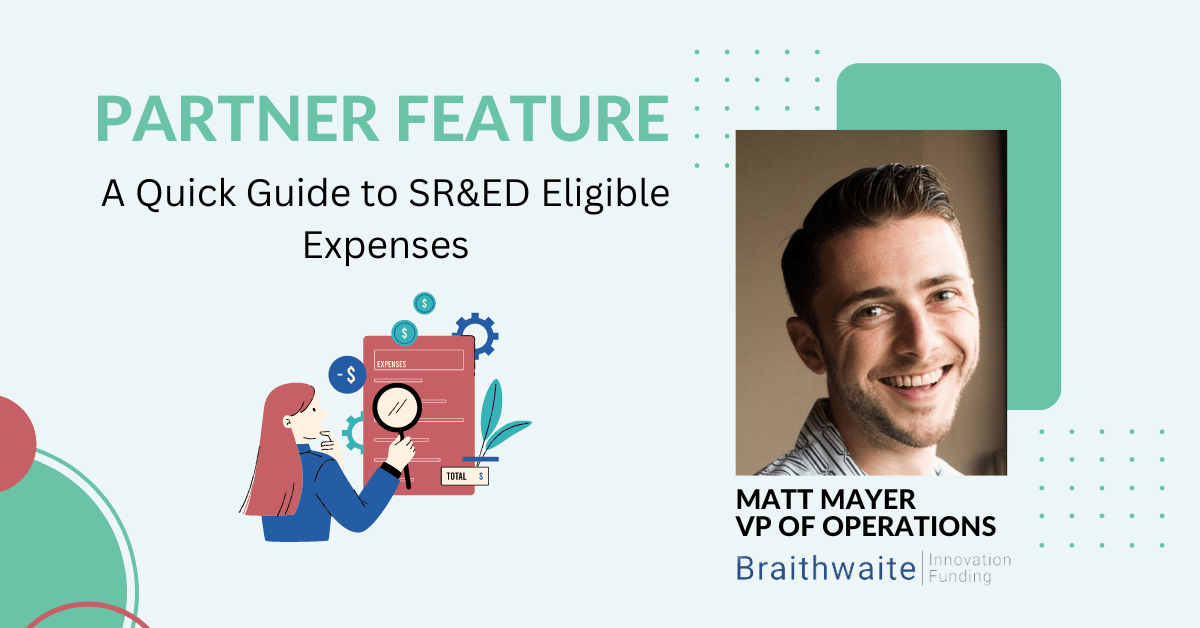The “level” at which you assess SR&ED efforts is vital to the success of an SR&ED claim, as a recent tax court case has proved.
A&D, a manufacturer of machine components, had an unfavourable outcome to three SR&ED claims relating to developing massive lathes. The CRA concluded that the projects undertaken did not contribute to reducing or eliminating technological uncertainty (the type of uncertainty that cannot be removed by routine engineering or standard procedures). The CRA’s decision was based on the view that A&D used techniques that were “generally accessible to competent professionals in the field.” However, looking at a SR&ED claim as individual technical components is not always an accurate indication of the eligibility of activities, as the court has ruled.
With the first claim in question going back to 2006, it took more than 10 years for A&D to have a court ruling that it was indeed entitled to tax credits of more than 2.5 million dollars. A better explanation in the claim originally submitted of the activities undertaken, what system uncertainty they addressed and how the solution was tested could have saved A&D years in court.
Defining the “level” at which you are advancing technology is key to a successful claim
Looking at every activity undertaken by A&D to develop the new lathes separately, no significant novel technology was used to build the new machinery. However, If you look at the total of the combined efforts, you will find a machine that was unconventionally powerful and far more efficient than those available from traditional machine tool suppliers. This is a technological advancement that qualifies for SR&ED as it reduced system uncertainty. System uncertainty is the technological uncertainty that arises from the integration of technologies.
To further understand this concept, think of a new software your developers are working on. They are using standard lines of code, not creating a new programming language. Each line separately does not qualify for SR&ED, but the total of the code, the new software, qualifies for SR&ED as long as it is a new solution for a problem.
Takeaway: expenses incurred in an effort to reduce or overcome a system uncertainty are eligible for the SR&ED tax incentive. Before filing, ask yourself when preparing your claim if you have used new technologies to overcome the technological uncertainty or if you have combined different traditional technologies to create a new system to reduce the uncertainty. Answering this question can help you explain your claim better to the CRA.
Looking at this case, one can see that there are a few more things that should be taken into consideration when filing for SR&ED.
Expenses & Eligibility for SR&ED
In the case of A&D, they claimed expenses relating to machinery purchased from abroad without explaining how it contributed to building their own machines, the judge supported the CRA on the decision not to give tax credits for these costs.
Takeaway: Make sure everything you file is eligible so you do not risk having the entire claim rejected. Although there no changes have been made to the legislation, it has been reported that eligibility is more restrictive now. While there are benefits to filing SR&ED on your own, having a competent consultant helps you take full advantage of this incentive. If you choose to hire an SR&ED consultant, we have a guide for you on how to pick the right one.
Although A&D’s claims were denied, they pursued their case in the courts and eventually won.
Takeaway: If you believe your costs are eligible for SR&ED but the CRA denied them, appeal. There are several options that are available to you and having a team that can champion your case with the CRA could be very beneficial for you to receive your tax credits.
If you have a Venbridge loan and the CRA denies your SR&ED claim, we will work with you to find a repayment plan that works. It may take you longer to repay your financing and using the following year’s SR&ED credit could be an option.
Contact us today for more info on how to maximize your government tax incentives, better manage cash flow, and invest more in the areas you need.




